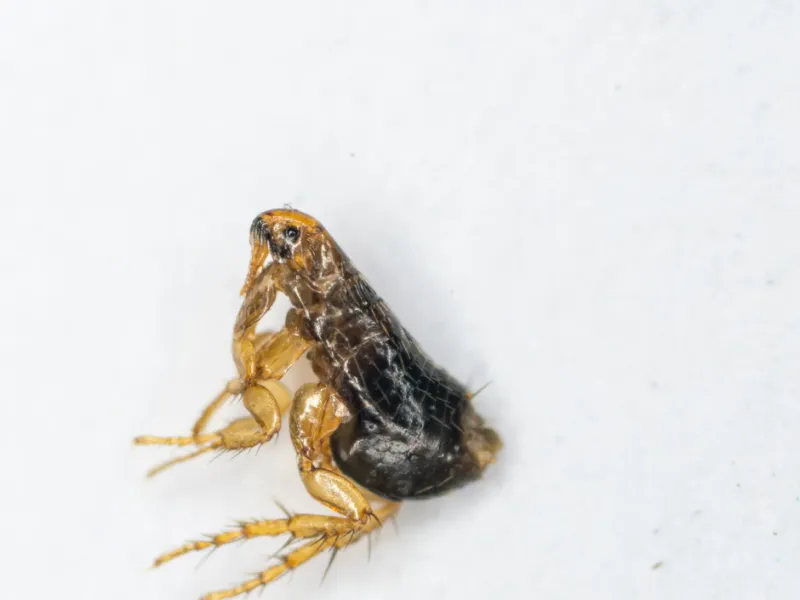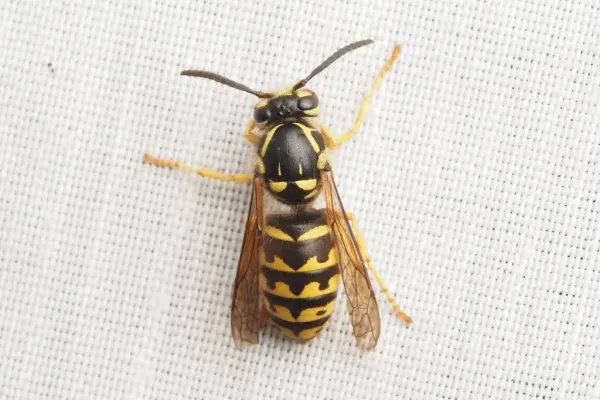Fleas

I recently came across this informative brochure about fleas and wanted to share the valuable information. This brochure was found at http://www.pestworld.org/media/403276/npma-pest-flash-cards-25.pdf.
Overview:
Fleas are parasites that feed on the blood of any warm-blooded host. The most common species is the cat flea, which often feasts on cats, dogs and humans.
Habits:
Fleas transport themselves on rodents and other mammals, and usually remain on their hosts at all times. They infest both household pets and wild animals like opossums, raccoons and skunks. Fleas use their powerful legs to jump as high as 8 inches vertically and 16 inches horizontally. They can also be found on shoes, pant legs or blankets, which can transfer the fleas to new environments.
Threats:
Fleas are the most common transmitter of the rare bubonic plague. They also transmit the bacterial disease murine typhus to humans through infected rats. Their saliva can cause serious flea allergy dermatitis in pets and their debris has been reported to cause similar allergic reactions in humans. Fleas can also transfer tapeworms and cause anemia in pets. Flea bites commonly cause painful, itchy red bumps.
Prevention:
• Clean and vacuum frequently to help remove flea populations and prevent the laying of eggs.
• Keep your lawn groomed to avoid rodent habitats.
• Protect pets by practicing active flea management. Keep pets on a leash when outside, bathe and groom them regularly, visit a veterinarian annually and use a flea treatment according to directions.
• If you suspect a flea infestation in your home, contact a licensed pest professional.
Did you know? Fleas…
• can live for about 100 days.
• do not fly. They jump from one place to another.
• can produce 400-500 offspring in their lifetime.
• can jump up to 8 inches high. That is 150 times their own height. If humans could do this, we would be able to leap over skyscrapers.



